R&D Tax Credits? We’re a bottling plant, not a science lab. I doubt we’re eligible…”
A common misconception is that the R&D Tax Credit is only available to businesses engaged in traditional scientific experimentation – pharmaceuticals, biomedical research, and the like. However, the federal tax credit is intended to incentivize companies in a plethora of industries to develop new and improved products and processes. This powerful, permanent, dollar-for-dollar reduction isn’t just for the so-called “white-coat industries.”
And it’s worth looking into… The credit provides improved cash flow, offering up to 10 cents in benefit for every qualifying dollar identified in a performed study. It may be carried back one tax year and forward up to 20 years.
A business in almost any industry can be eligible, if it meets the Capstan Criteria:
1. Research is happening to create or improve a business component. (A “Business Component” is whatever the business is trying to develop, be it a product, process, technique, formula, etc.)
2. The research is trying to eliminate uncertainty. (How can we make this? Can we even make this?)
3. The research involves experimentation of some kind where different alternatives are evaluated. (Scientific laboratory work, 3D modeling, architectural design, computerized simulations, etc.)
4. The research is technological in nature. (Keep in mind, that doesn’t mean that the final product is part of a technical field. The fidget spinner, for example, is just a toy. But researching the shiniest paint that won’t flake off the toy does require a technological analysis.)
Once eligible, a business can take Qualified Research Expenses (QRES), which are the costs involved in performing the research. Wages, supplies/materials, cloud hosting, and third-party contractor fees can all be expensed using the R&D Tax Credit.
Read More
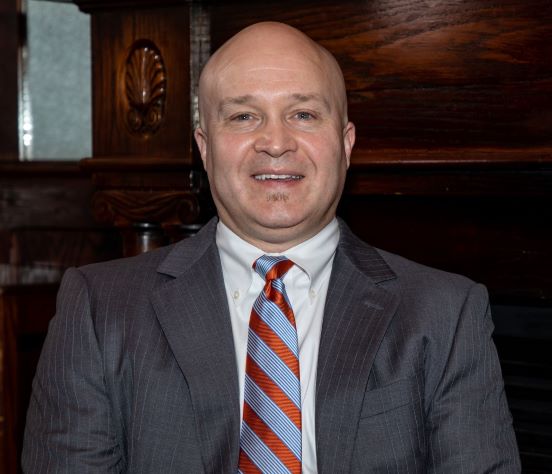
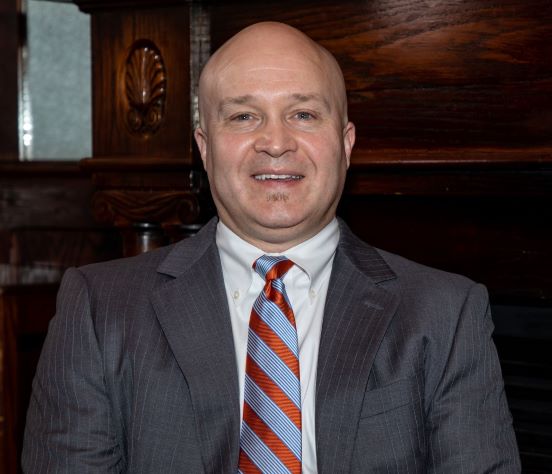
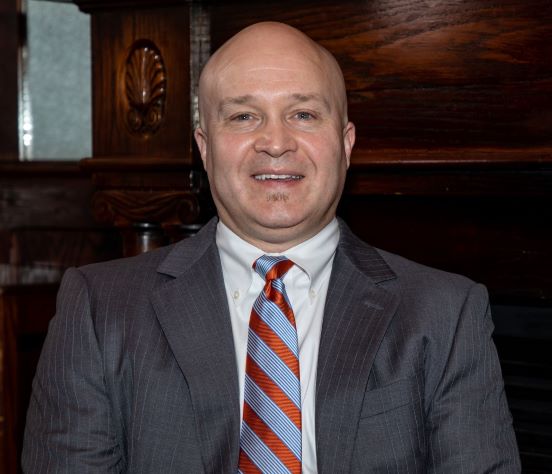
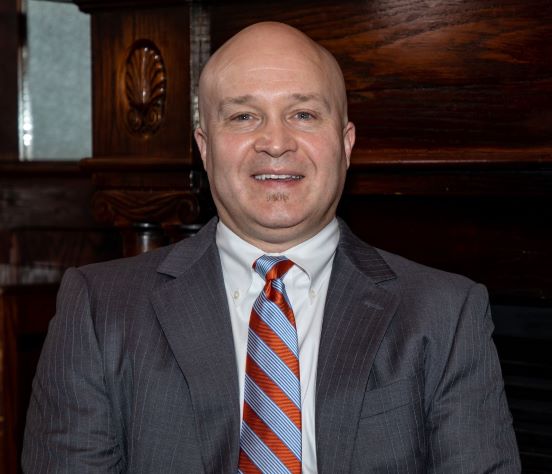
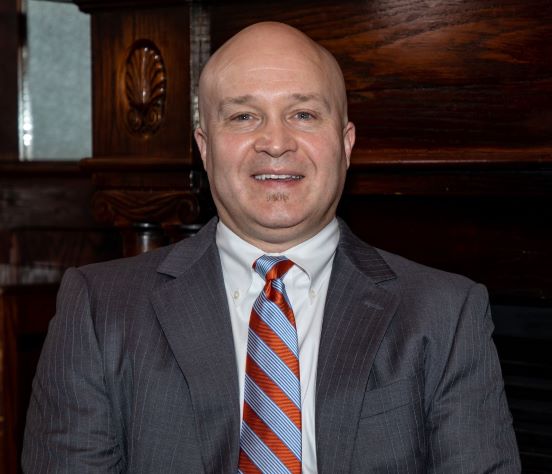
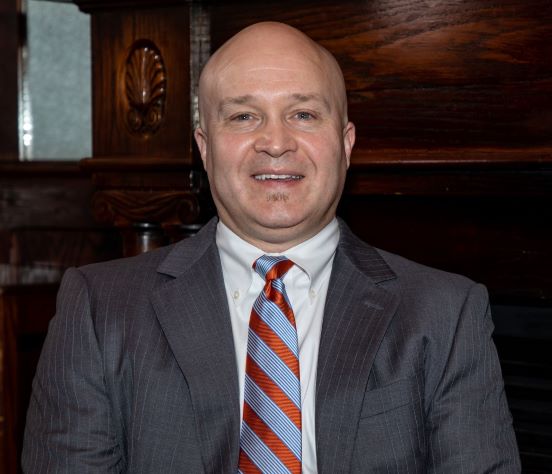
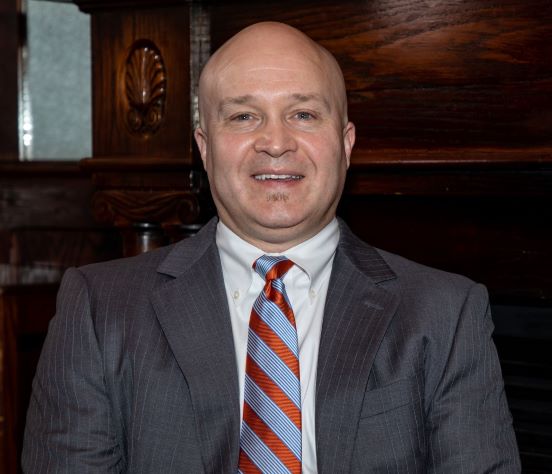
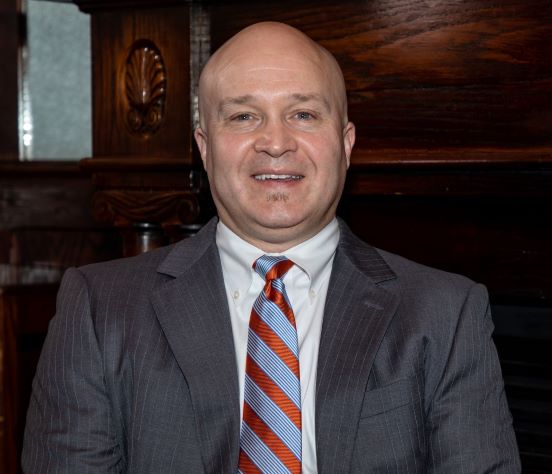
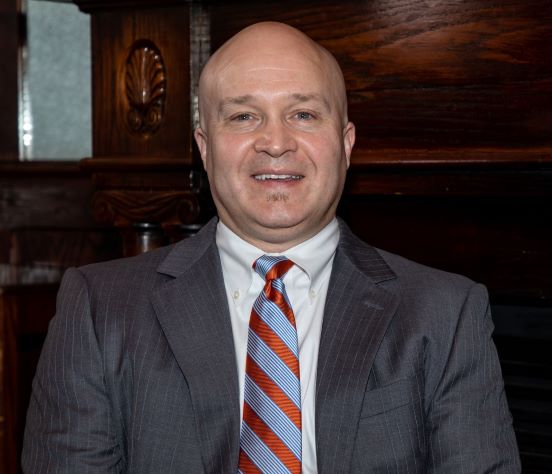
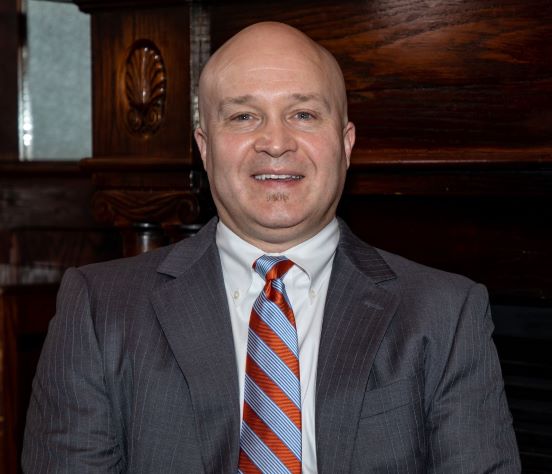
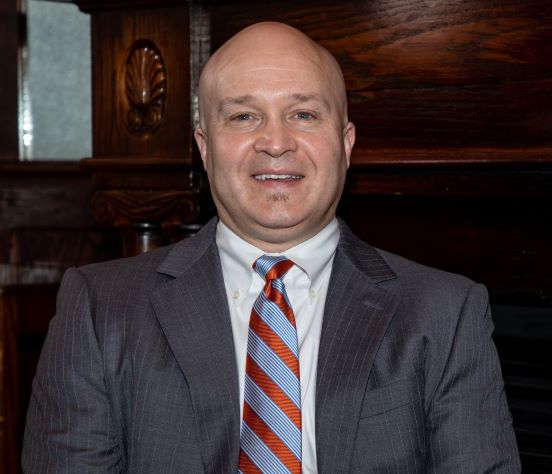
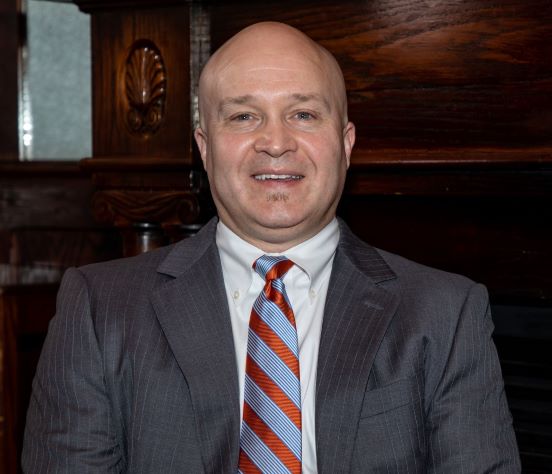


















Recent Comments